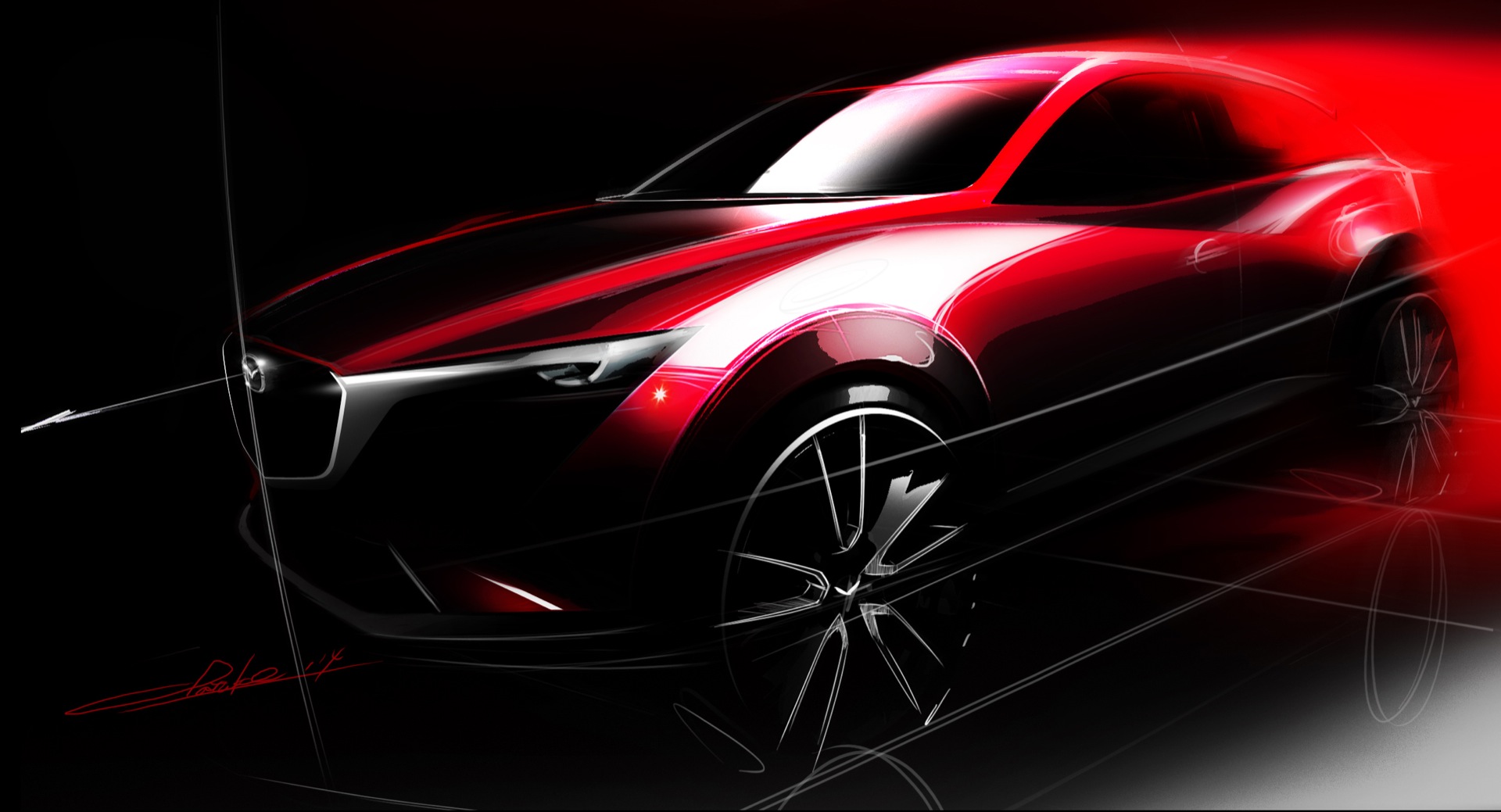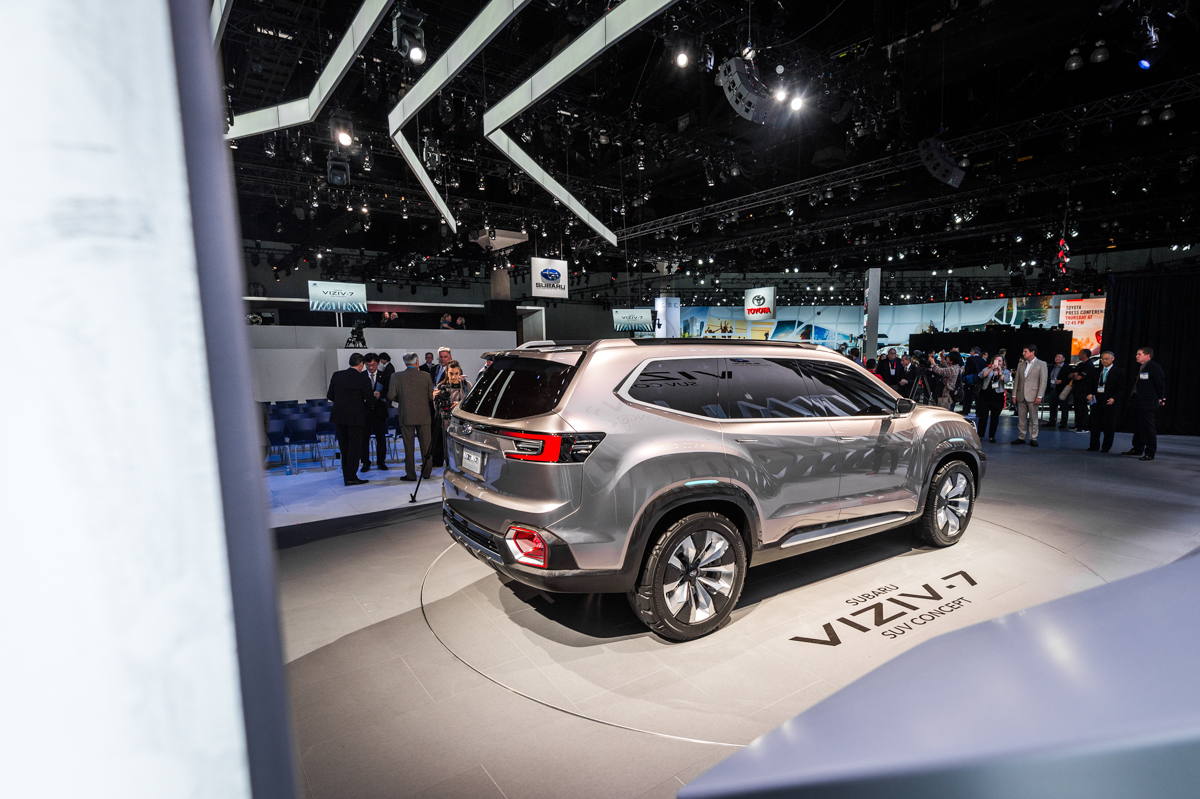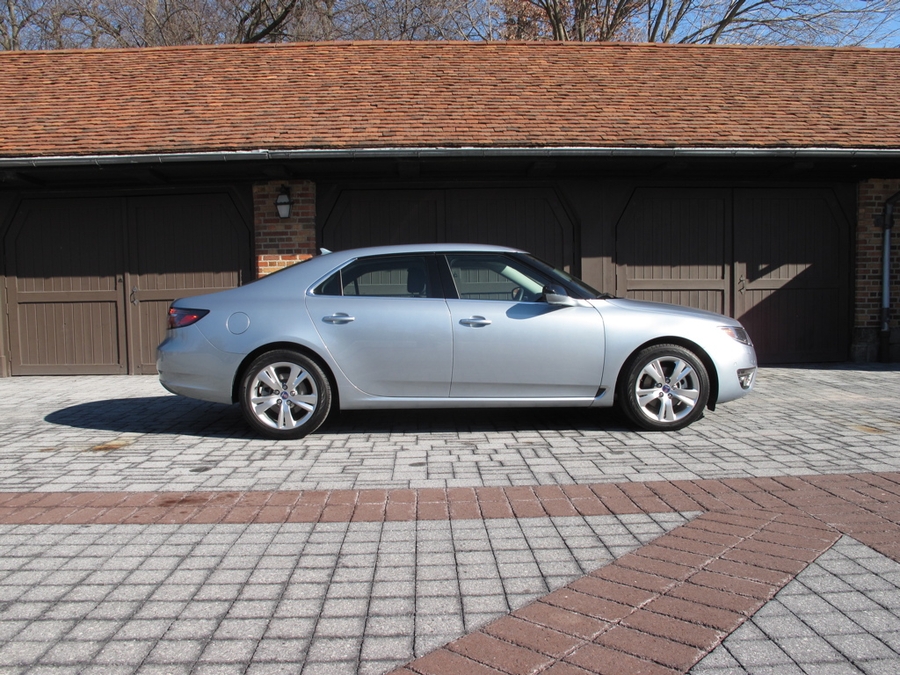Mazda has never been a stranger to motorsports, in fact on any given day more Mazda’s are being exercised on racetracks than any other brand. In recent years, Mazda has embraced the sweeping fuel efficiency trend and has built diesel racecars for professional racing series. The first was a SKYACTIV-D Mazda6 built for the Grand Am race series that won the GX class title in 2013. For 2014 Mazda built a pair of prototype diesels to run in the P2 Class of the TUDOR United SportsCar Championship.
The aforementioned cars are what first comes to mind when you mention Mazda racecar and diesel, but there are actually three other diesel Mazda6’s that were built. In late 2013 Mazda built three identical diesel Mazda6 endurance racers to take on the 25 Hours of Thunderhill in northern California. Just last week I had the opportunity to drive one of them.
Over the last 15 years I’ve completed hundreds if not thousands of laps in a variety of racecars, yet none would rival my experience in the diesel Mazda6. This car, along with the two others in the trifecta, was built for the longest endurance race in North America, the 25 hours of Thunderhill. Each started its life as a Russian spec Mazda6 diesel before being imported into the states. Upon arriving in sunny California, a volunteer team of Mazda North America employees transformed each car into the endurance racers that you see today.
Mechanically the cars remain relatively stock, but a number of important changes were made to make them race ready. The interior of each was stripped replaced and augmented with an Anthony Woodford roll-cage, a Sparco Pro-ADV racing seat , Safecraft racing seatbelts, plumbed-in fire systems and AIM MXL Pista dashes and data acquisition. A stock SKYACTIV-D clean diesel engine and manual SKYACTIV-MT transmission send the power to the pavement via custom-designed ProParts USA suspension utilizing Koni dampers and Hypercoil springs, and custom ProParts rear stabilizer bars. 17×8” Enkei Kojin wheels wrapped in 245/40R-17 BFGoodrich g-Force R1 tires put the power to the pavement and StopTech four-piston STR-40 calipers and AeroRotors, bring the car back down from terminal velocity.
Enough about the details though, what was it like to drive? The first thing that comes to mind is that is was quiet. Eerily quiet. At idle you can barely hear the engine running and at full song it still sounds like a whisper. In most racecars I’ve driven you can shift by ear, but in this car you absolutely have to watch the tachometer and rely on the custom shift LEDs integrated into the dash cluster. While the 2.2 liter four-cylinder SKYACTIV-D engine only generates 173 horsepower, it delivers 300 lb-feet of twisting torque. The latter provides an exhilirihating sensation coming out of each corner.
As you approach each corner the StopTech brakes do a phenomenal job shedding speed, which isn’t a small task in this 3000+ pound car. In fact, I could have braked a lot deeper into the turns than I did. Upon turn in and through the corner the car is balanced nicely and as you get back on the throttle there is a complete absence of torque steer. Like none. This is a testament to the custom Wavetrac differential and its ability to maximize grip.
Normally you’d wind a race engine to seven or eight thousand RPMs, but in the case of the SKYACTIV-D Mazda6 upshifts come around 4,400 RPMs. It’s a weird sensation but eventually you get used to it. It’s actually a bit refreshing, not having to wind the engine out to the upper stratosphere of the rev range.
All told, the Mazda6 delivers a refreshing driving experience. It brings a little peace and quiet to a sport dominated by a cacophony of gasoline and octane. The trio of SKYACTIV-D clean diesel Mazda6’s will take on the 2014 25 Hours of Thunderhill in early December. You’ll be able to catch lives feeds of the race on the internet. I plan on enjoying the race from the driver’s seat.






